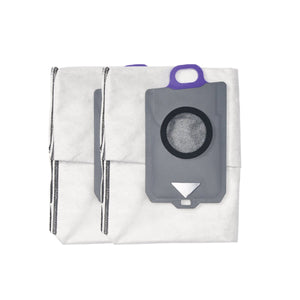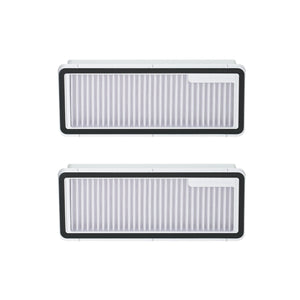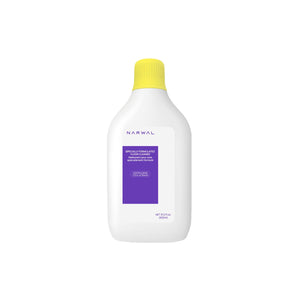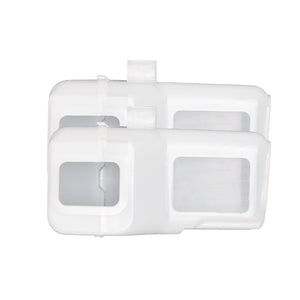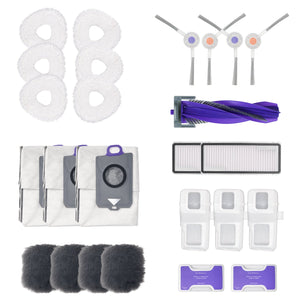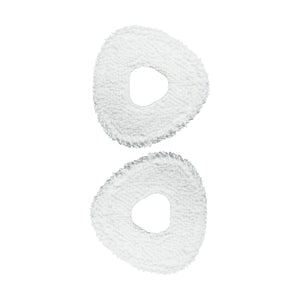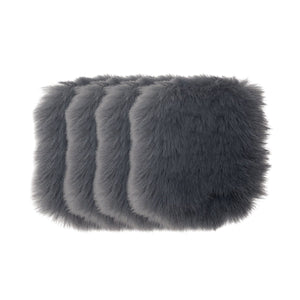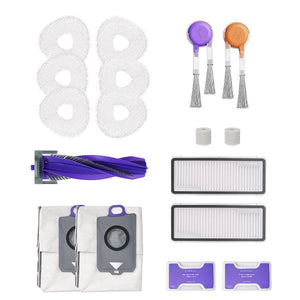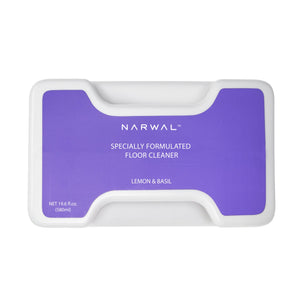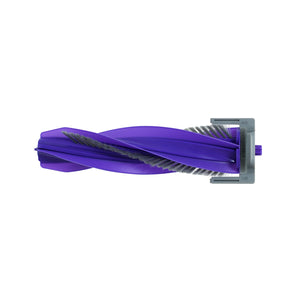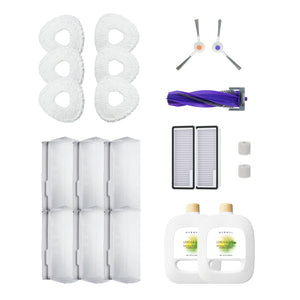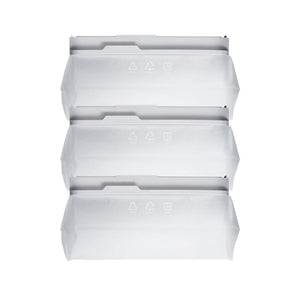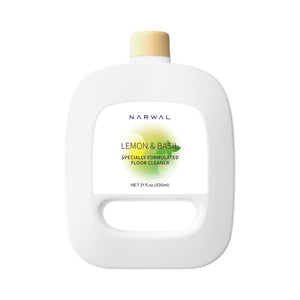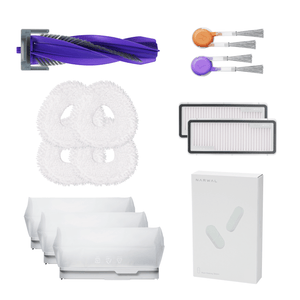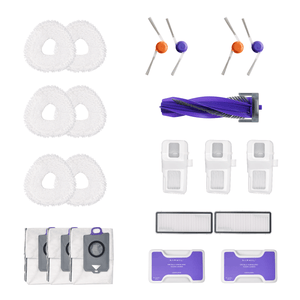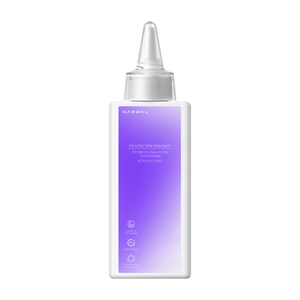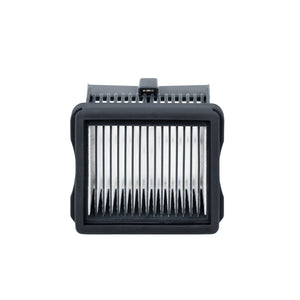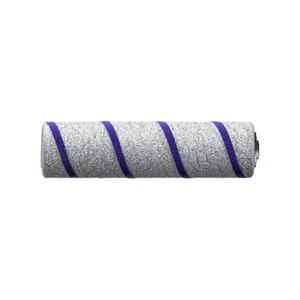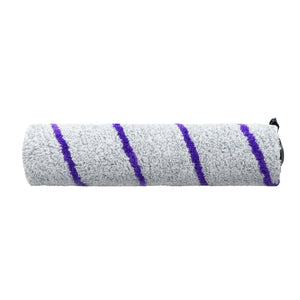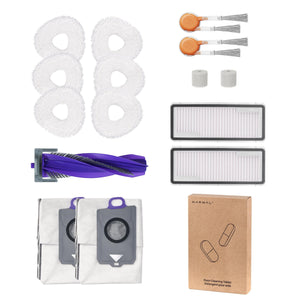Looking for a smarter way to clean? Modern robot vacuums with built-in cameras, like the Narwal Freo Z Ultra, use AI-powered vision to “see” and understand your home. These intelligent cleaners recognize furniture, detect obstacles, and adapt their routes in real time—delivering precise, efficient, and effortless cleaning.
In this article, you’ll learn how camera technology enhances robot vacuum performance, what makes visual-AI navigation different, and how these innovations transform everyday cleaning into a seamless smart-home experience.
How Do Camera-Based Robot Vacuums Work?
Camera-based robot vacuums combine optical sensors, spatial mapping, and AI processing to navigate environments with visual precision. The process involves three key stages: seeing, interpreting, and planning.
Capturing the Environment
Cameras — often dual RGB or 3D sensors — continuously capture frames of the surrounding area. These images provide information on object shapes, depth, and spatial boundaries, enabling the robot to distinguish walls, furniture, and smaller household items.
Visual Mapping and AI Analysis
The captured images are analyzed through on-board AI chips using computer vision techniques. This process is known as Visual SLAM (Simultaneous Localization and Mapping), where the robot determines its position and builds a real-time map of the environment. The AI identifies obstacles, free paths, and cleaning zones, fusing data from the camera with gyroscopes or LiDAR for accuracy.
Route Planning and Motion Control
Based on the generated map, the robot calculates optimal cleaning routes. The AI system predicts movement patterns, adjusts wheel speed, and re-plans paths if new objects appear. Some models, like the Narwal Freo Z Ultra, achieve millimeter-level precision through dual-camera depth recognition and adaptive AI processing.
How Robot Vacuum Cameras Improve Everyday Cleaning (and Why It Matters)
AI-powered cameras are transforming how robot vacuums see and understand your home. They don’t just detect distance—they interpret surroundings, adapt in real time, and deliver smarter, smoother cleaning with every run.
Smarter Navigation
Traditional sensor-based vacuums react after hitting obstacles. In contrast, camera-powered models see objects first, then plan their path. With dual RGB cameras, modern vacuums can identify over a hundred household items—from cords and slippers to pet bowls—and move gracefully without getting stuck.
Adaptive Learning
Each cleaning session makes the vacuum more familiar with your home. Over time, its AI learns layouts, refines routes, and anticipates obstacles, ensuring complete coverage without wasted motion or missed spots.
Reliable in Any Light
Infrared-assisted cameras keep cleaning consistent day or night, even under furniture or in dimly lit rooms. This ensures uninterrupted navigation regardless of lighting conditions.
Privacy by Design
Smart doesn’t mean invasive. Many brands, including Narwal, process all visual data locally on the device instead of uploading it to the cloud. This allows camera-based navigation to enhance cleaning precision while keeping user privacy fully protected.
In essence, camera-based robot vacuums mark a new era of intelligent home cleaning. They don’t just navigate—they observe, learn, and adapt, creating a seamless experience where technology truly understands your home.
How to Choose the Right Camera-Based Robot Vacuum: A Step-by-Step Guide
Choosing the right camera-based robot vacuum starts with understanding what truly matters: how it sees, how it cleans, and how it adapts to your home. The best model balances smart navigation, reliable cleaning performance, and privacy-focused design. Follow these five steps to make an informed choice that fits your space and lifestyle.
Step 1: Evaluate Your Home Layout and Cleaning Needs
Start by considering the size, layout, and flooring in your home.
-
For larger homes or multiple levels, choose a robot vacuum that supports multi-floor mapping and automatic zone detection.
-
If your space has lots of furniture or obstacles, prioritize models with dual cameras and AI-based obstacle avoidance.
-
Consider whether your floors are mainly hard surfaces, carpets, or a mix—some vacuums automatically adjust suction and mopping intensity for different materials.
Step 2: Check Battery Life and Cleaning Power
Battery capacity and suction strength determine how efficiently your vacuum can clean.
-
Look for at least 90 minutes of runtime per charge, especially for larger homes.
-
Choose vacuums with 2000 Pa or higher suction for carpets and pet hair.
-
A self-recharging feature that resumes cleaning automatically ensures complete coverage without interruptions.
Step 3: Compare Camera Navigation and Mapping Technology
The camera system defines how precisely a robot vacuum moves and understands its surroundings.
-
Models with dual RGB cameras offer better depth perception and object identification than single-camera systems.
-
Advanced AI mapping allows the vacuum to adapt routes dynamically when furniture moves or lighting changes.
-
Some models combine cameras with sensors (like LiDAR or infrared) for hybrid navigation—balancing accuracy and adaptability. (For instance, Narwal’s camera-equipped robots use AI-driven dual cameras to identify over 100 common objects and adjust their paths accordingly.)
Step 4: Consider Privacy and Smart Controls
A good camera vacuum balances intelligence with trust.
-
Choose models that process visual data locally on the device instead of uploading footage to the cloud.
-
Look for certifications (such as TÜV or GDPR compliance) that ensure data safety.
-
Smart home integration—like voice assistants, app zoning, or scheduling—adds convenience without compromising privacy.
Step 5: Review Real Feedback and Long-Term Reliability
Before buying, research beyond specifications.
-
User reviews can reveal real-world pros and cons: cleaning consistency, noise level, or ease of maintenance.
-
Expert reviews often compare how effectively each model handles complex layouts or pet messes.
-
Consider not only the latest features but also after-sales support and software updates, which affect performance longevity.
Choosing a camera-based robot vacuum is about finding the right balance between intelligence, efficiency, and trust. Look for models that “see” your home accurately, adapt to changes smoothly, and respect your privacy by keeping data secure. Camera-based navigation—whether in Narwal, Roborock, or Ecovacs products—is no longer a luxury; it’s the standard for smarter, safer, and more efficient cleaning.
Best Camera-Based Robot Vacuums (2025 Update)
Camera-based robot vacuums have redefined what it means to clean intelligently. With AI vision, object recognition, and adaptive learning, these robots do more than map your home — they understand it. Below are several standout models that represent the best in camera-based cleaning technology.
Top Models to Consider
|
Model |
Camera System |
Key Features |
Best For |
|
Dual 136° RGB Cameras + Dual AI Chips |
Recognizes 200+ objects, adapts routes in real time, edge-to-edge cleaning, on-device AI processing for privacy. |
Homes with mixed layouts and pets. |
|
|
Dual RGB Cameras + AI Vision Chip |
Real-time self-cleaning mop (113°F warm water), 22,000 Pa suction, CarpetFocus Tech, TÜV-certified privacy protection. |
Families needing deep floor and carpet cleaning. |
|
|
Dual RGB Cameras + LiDAR 4.0 |
Hybrid mapping system, 18,000 Pa suction, 120-day dust storage, quiet AI base station. |
Larger homes seeking balance of automation and power. |
|
|
Roborock S8 MaxV Ultra |
RGB + Structured Light 3D Camera |
ReactiveAI obstacle detection, LiDAR hybrid mapping, self-cleaning dock. |
Tech enthusiasts prioritizing algorithmic navigation. |
|
Ecovacs Deebot X2 Omni |
Dual AIVI 3D Cameras |
Smart home integration, AI voice control, hot-water mop cleaning system. |
Smart-home users seeking full automation. |
[cta:narwal-freo-z-ultra-robot-vacuum-mop]
[cta:flow-robot-vacuum-and-mop]
[cta:narwal-freo-z10-ultra-robot-vacuum-mop]
How They Differ
Each of these robots uses AI-powered cameras to improve precision, but their focus areas differ:
-
Narwal models emphasize on-device AI processing, privacy protection, and advanced obstacle recognition.
-
Roborock excels in algorithmic path optimization and system efficiency.
-
Ecovacs integrates voice assistants and IoT control for a connected smart home experience.
Choosing Among the Best
When selecting the right model, focus on your priorities:
-
For privacy and real-time adaptability: Narwal Freo Z Ultra or Flow.
-
For large multi-floor spaces: Freo Z10 Ultra or Roborock S8 MaxV Ultra.
-
For convenience and smart-home use: Ecovacs X2 Omni.
Each of these camera-based robot vacuums showcases how far AI navigation has come — from simple mapping to intelligent home awareness, offering a glimpse into the next generation of smart cleaning.

Limitations & Considerations of Robot Vacuum Cameras
Even with major advancements in AI navigation, camera-based robot vacuums still face a few technical and practical challenges. Understanding these limitations—and how modern models overcome them—helps set realistic expectations.
Low-Light and Reflective Surfaces
Cameras rely on light to see. In very dim rooms or when facing mirrors and glass doors, they may struggle to recognize obstacles. To counter this, many brands combine dual cameras with infrared sensors or structured light systems, allowing the vacuum to operate accurately in dark or reflective environments.
(For example, models like the Narwal Freo Z Ultra use IR-assisted cameras to maintain navigation in low light.)
Privacy and Data Handling
Because camera-based vacuums capture visual data, users naturally worry about privacy. Today’s top brands process visual information locally on the device rather than uploading footage to the cloud. Some models are TÜV-certified for data protection and let users disable the camera anytime through the app. Most robot vacuums do not store or transmit video unless live monitoring is manually activated.
Complex Patterns and Textures
Highly patterned carpets or shiny surfaces can occasionally confuse visual sensors. Modern AI systems now cross-check visual data with ultrasonic or LiDAR inputs, adjusting routes automatically to stay accurate. Continuous AI learning reduces such issues over time.
Power and Processing Demand
Running dual cameras and real-time AI processing consumes more energy than traditional sensor-based robots. However, efficiency improvements—like AI-optimized chips and intelligent battery management systems—help maintain long runtime without sacrificing performance.
Camera navigation continues to evolve rapidly. Each generation of AI chips, lighting sensors, and privacy protocols makes robot vacuums smarter, safer, and more reliable. While small limitations remain, camera-based technology is quickly becoming the most capable and trusted approach for intelligent home cleaning.
Camera vs Other Navigation Methods
|
Feature |
Camera-Based Navigation |
Lidar Navigation |
Infrared / Bump Sensors |
|
Obstacle Awareness |
Recognizes object types (e.g., socks, toys, cords) |
Detects shapes, not object types |
Detects distance or impact only |
|
Adaptability |
Adjusts routes dynamically |
Requires static mapping |
Limited response capability |
|
Mapping Accuracy |
Visual + spatial mapping |
Laser-based mapping |
Minimal mapping ability |
|
Low-Light Performance |
Infrared-assisted for dark areas |
Works well in dark areas |
Weak in low light |
|
Learning Ability |
AI learns layout and improves |
Minimal learning |
No learning ability |
|
Cost Level |
Mid–High |
High |
Low |
|
Best For |
Balanced performance & intelligence |
Large, structured spaces |
Basic cleaning needs |
Camera navigation bridges the gap between precision and perception—delivering smarter, smoother cleaning without the complexity or cost of advanced Lidar-only systems.
Conclusion
Camera-based robot vacuums are changing what smart cleaning really means. With AI-powered vision, they don’t just clean — they understand and adapt to your home for precision that feels effortless.
If you’re considering an upgrade, now is the time to explore what these intelligent models can do. Compare the latest options, see how they perform in real homes, and experience why camera-based navigation isn’t just an upgrade — it’s the foundation of the next era in intelligent home cleaning.
FAQs
Do any robot vacuums have cameras?
Yes. Many modern robot vacuums now feature cameras for smarter navigation, obstacle detection, and accurate mapping, helping them clean more efficiently and safely.
Do robot vacuums record video?
No, most camera-equipped vacuums don’t record or store video. They use the camera to process real-time visual data for navigation and mapping only.
Are robot vacuums with cameras safe for pets?
Yes. Camera-based models are designed to recognize and avoid pets in real time, preventing collisions or startles. They’re ideal for pet-friendly homes.
How do camera-based robot vacuums protect privacy?
Leading brands process all visual data locally on the device instead of uploading it to the cloud, and some allow users to disable the camera anytime.
Can robot vacuums work in low light?
Yes. Many use infrared-assisted or night-vision cameras, allowing them to clean effectively under furniture or during nighttime sessions.
Are camera-based robot vacuums worth it?
Yes. Compared with traditional sensor-based models, camera-equipped vacuums offer more precise navigation, better coverage, and continuous learning for improved efficiency over time.





















